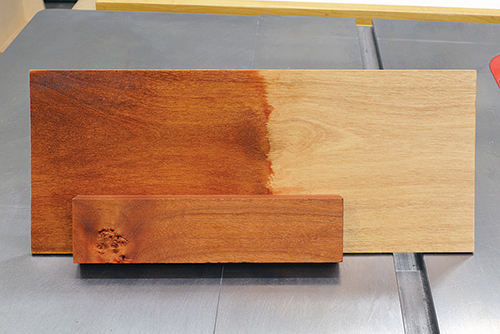
I recently purchased a custom-made cherry bed and dresser. Since receiving it, I’ve heard many stories of unscrupulous furniture makers substituting alder, poplar, or even birch for cherry through clever finishing and staining. Is there any way for the average consumer to tell the difference between real cherry furniture and a clever fake?
Michael Dresdner: If you are buying a custom-made bed from an unscrupulous furniture maker, you have larger problems than what wood was used. Are you sure you want to lie down on something made by an unscrupulous furniture maker?
Seriously though, your point is well taken — it is very hard for a non-expert to tell whether stained, finished wood is cherry or a substitute. Frankly, I think I could do a cherry finish on some of our local red alder that would fool almost everyone. However, the sort of craftsperson who is good enough to fake wood is not the sort who would cheat his/her customer. I know loads of good woodworkers, and not a single one of them is like that. Generally, if you are good enough to make great fakes, you don’t need to, and there is little incentive to do so. If the field of woodworking is characterized by any one trait, it is integrity. Rest easy. I doubt you were cheated.
Lee Grindinger: If the piece is custom-made you can call the maker and ask him/her. If you weren’t the one that commissioned the piece, but are determined to find out, you could ask a knowledgeable woodworker to have a look and give an opinion. If you want to know beyond any shadow of a doubt, take a fine slice of wood from the end grain and, under a microscope, compare it to the pictures in Hoadley’s book, “Understanding Wood”. But the bottom line, I suppose, is this. If you are unable to discern the difference … does it matter?







